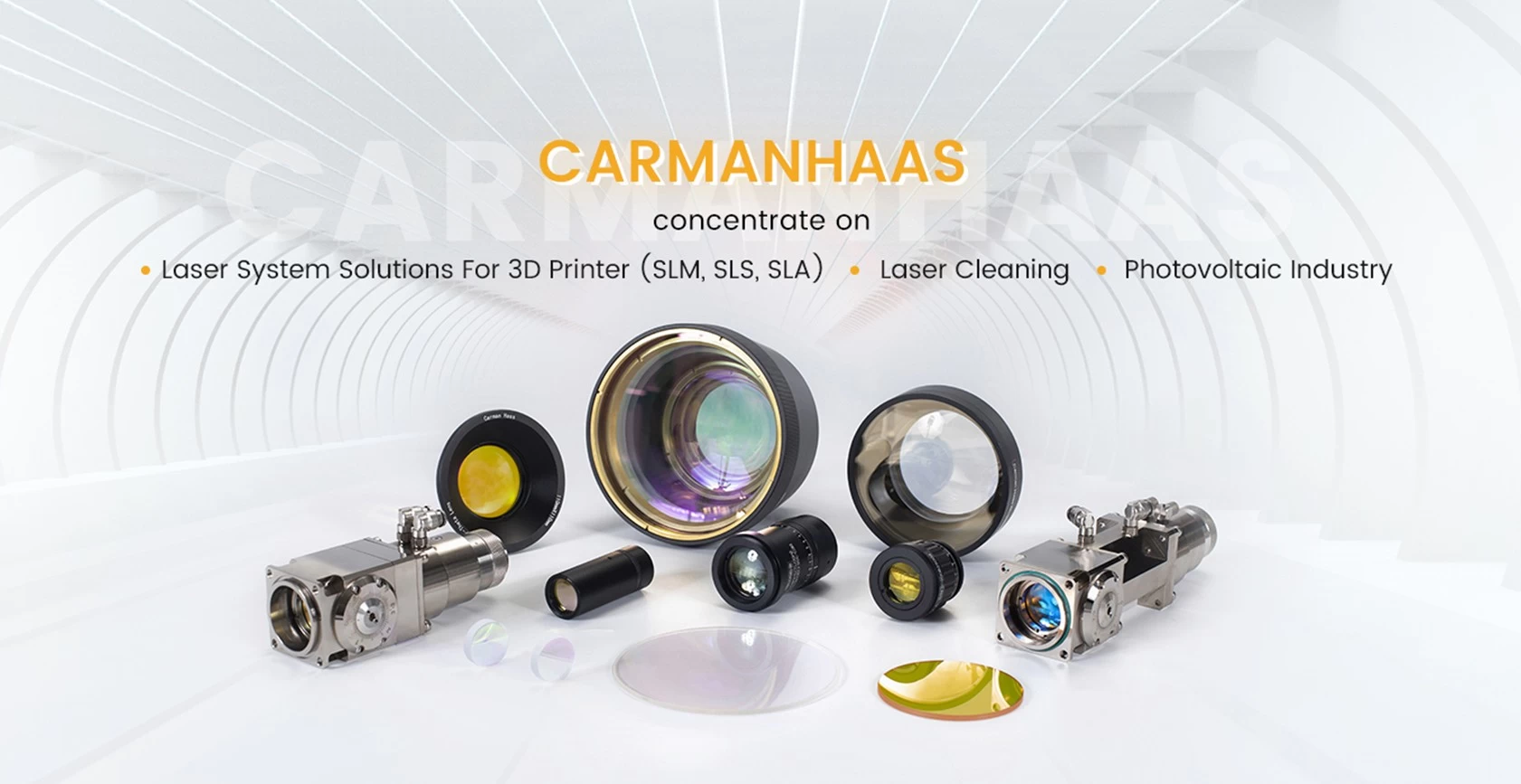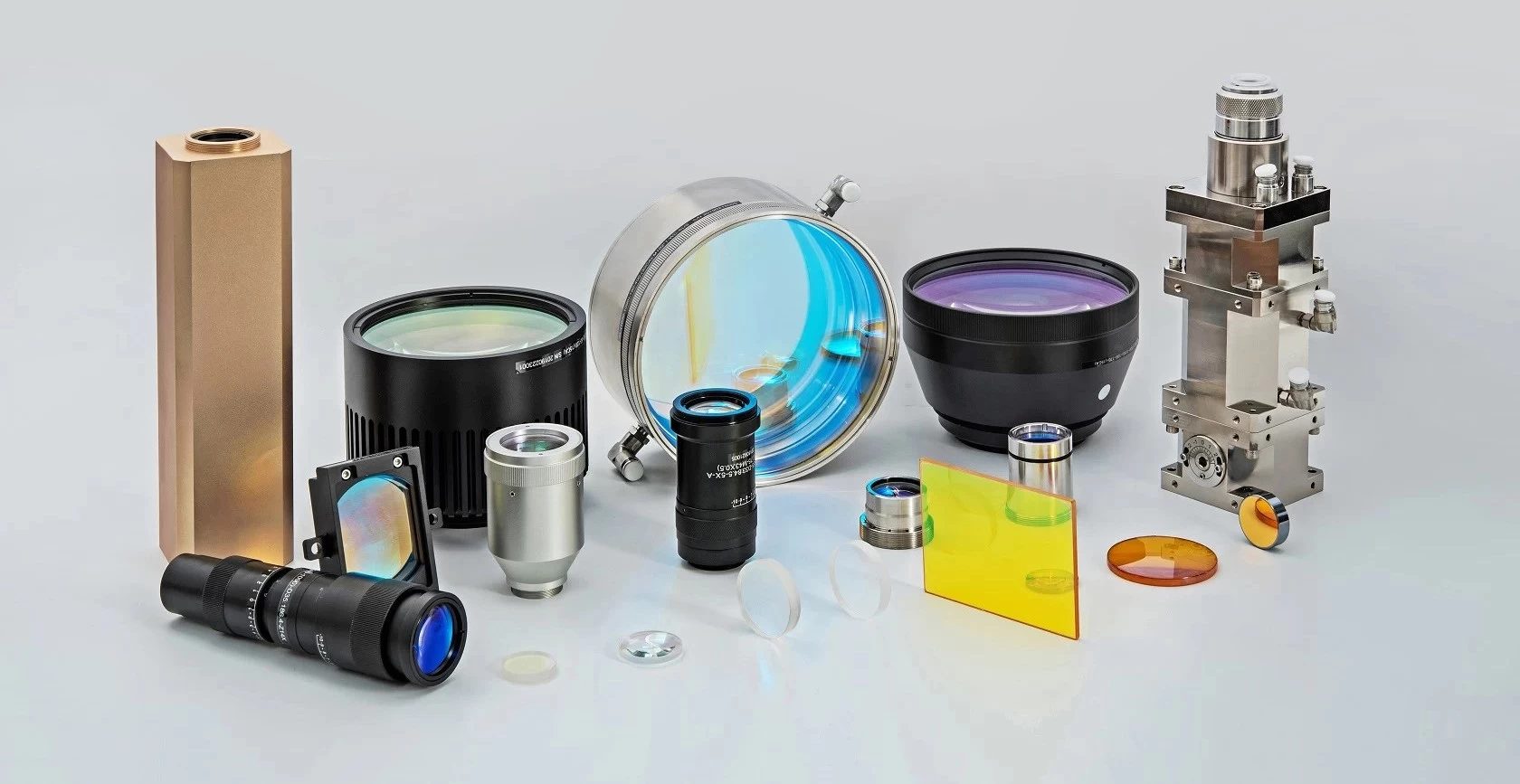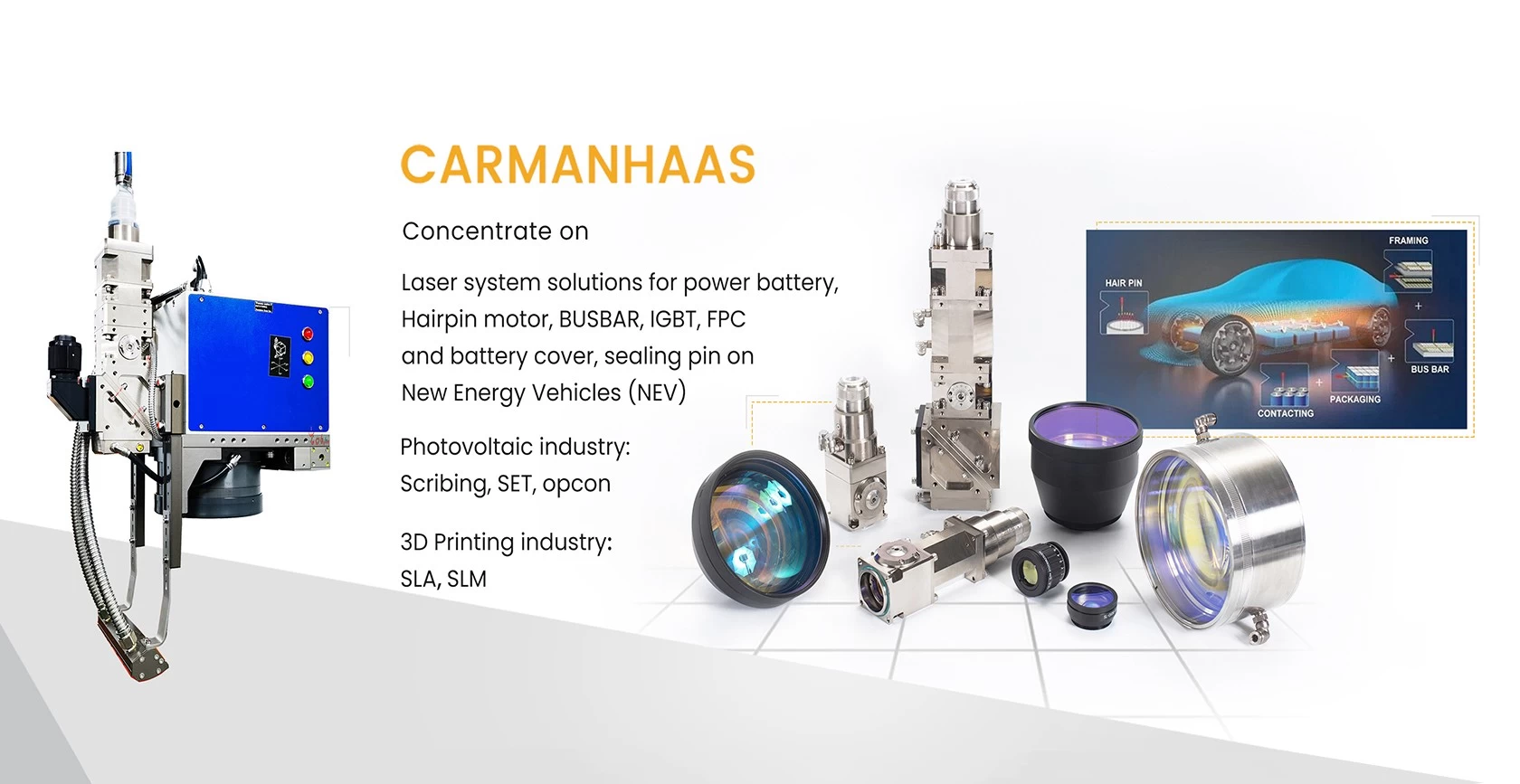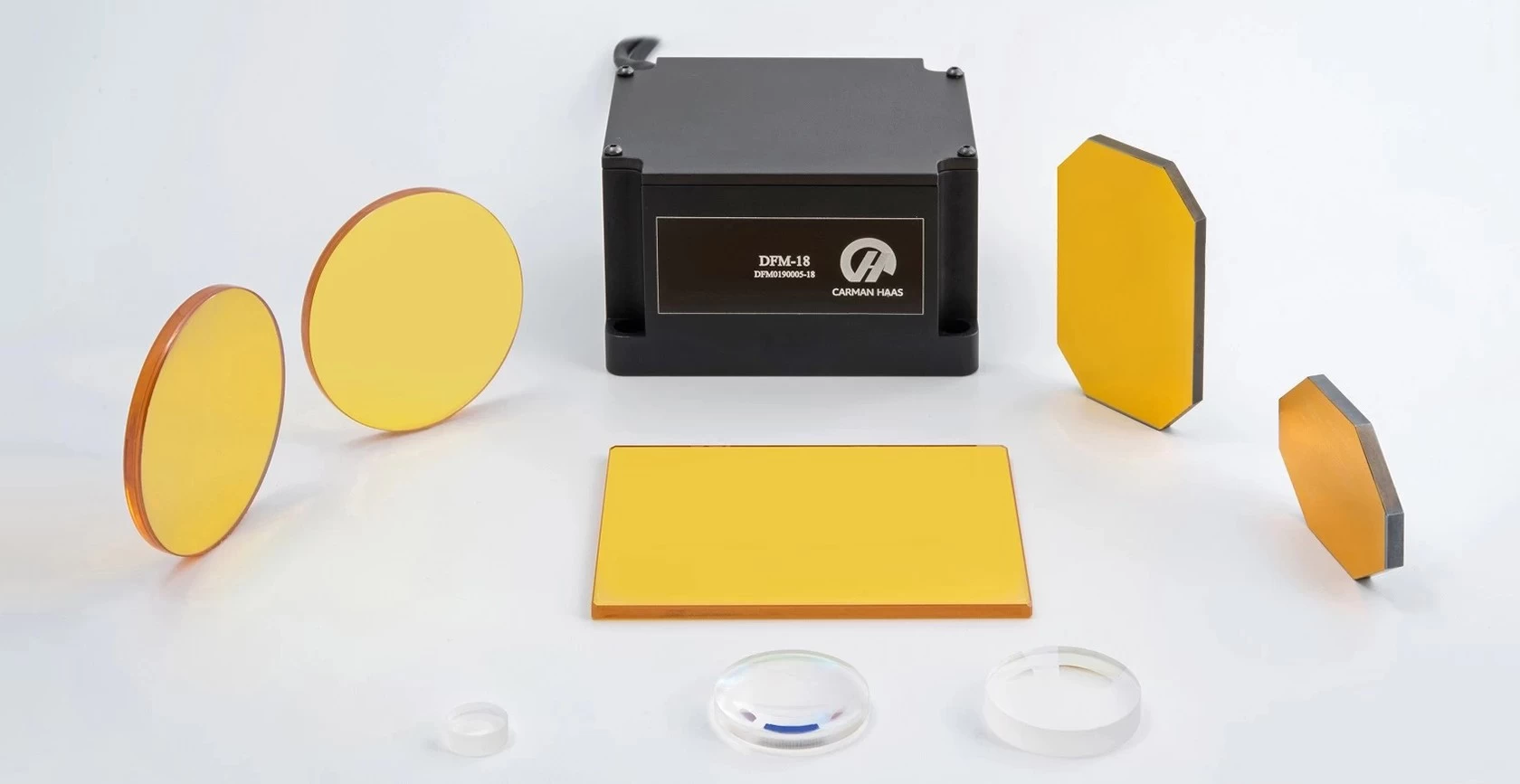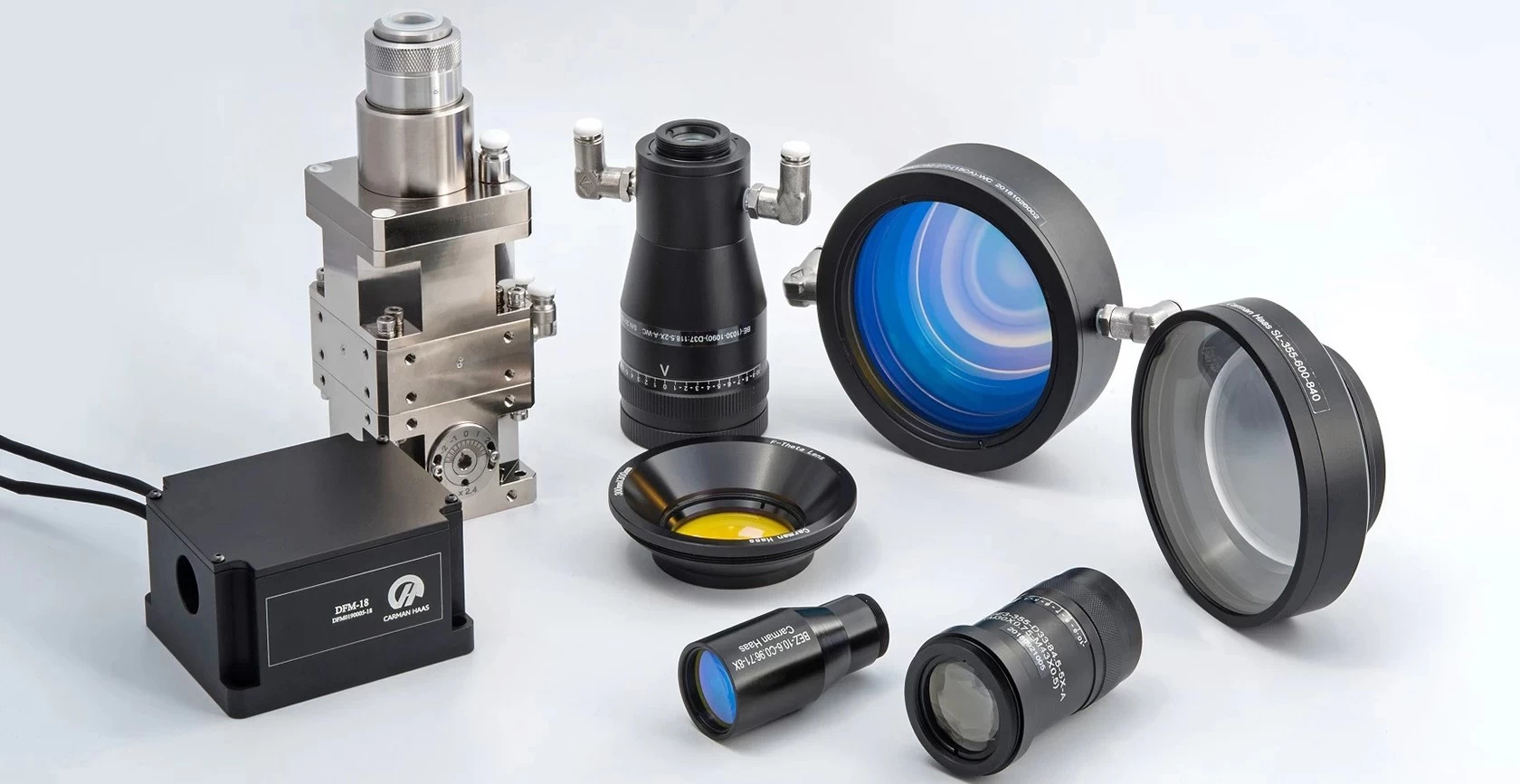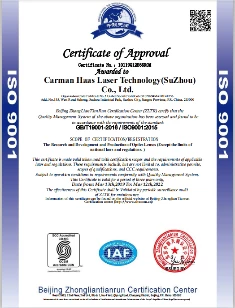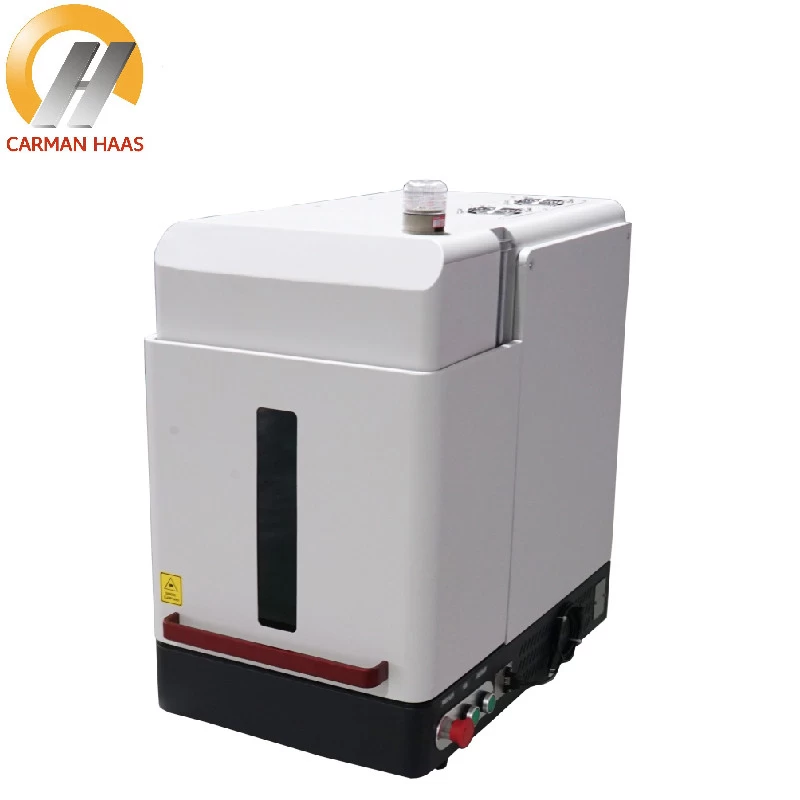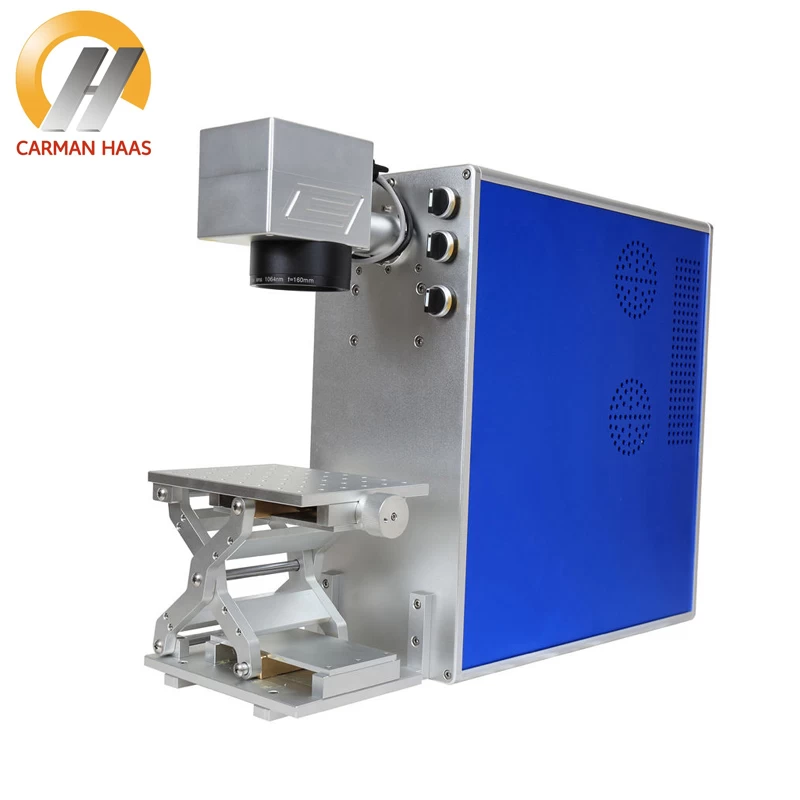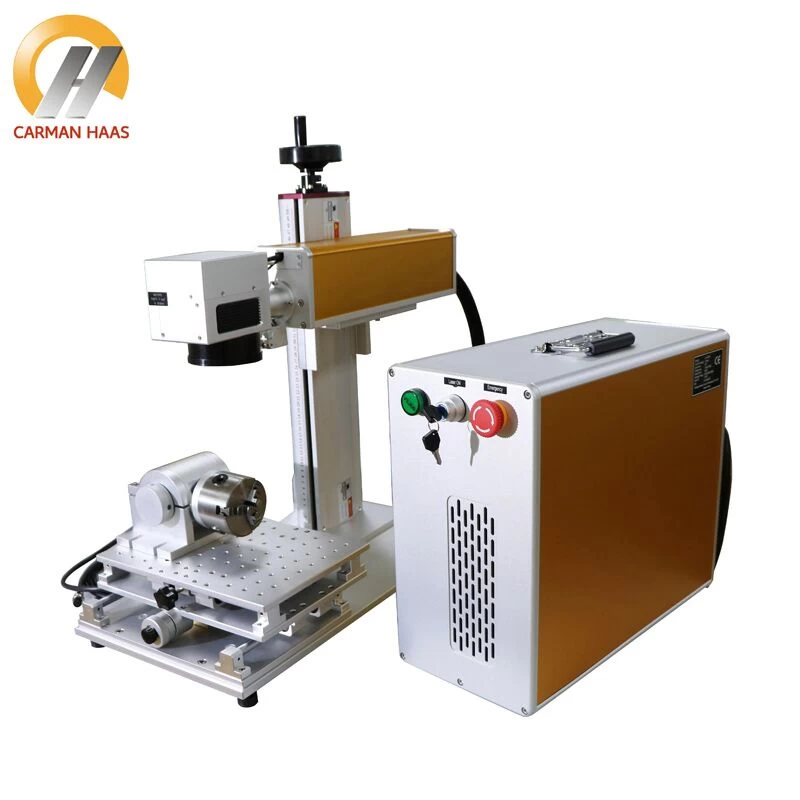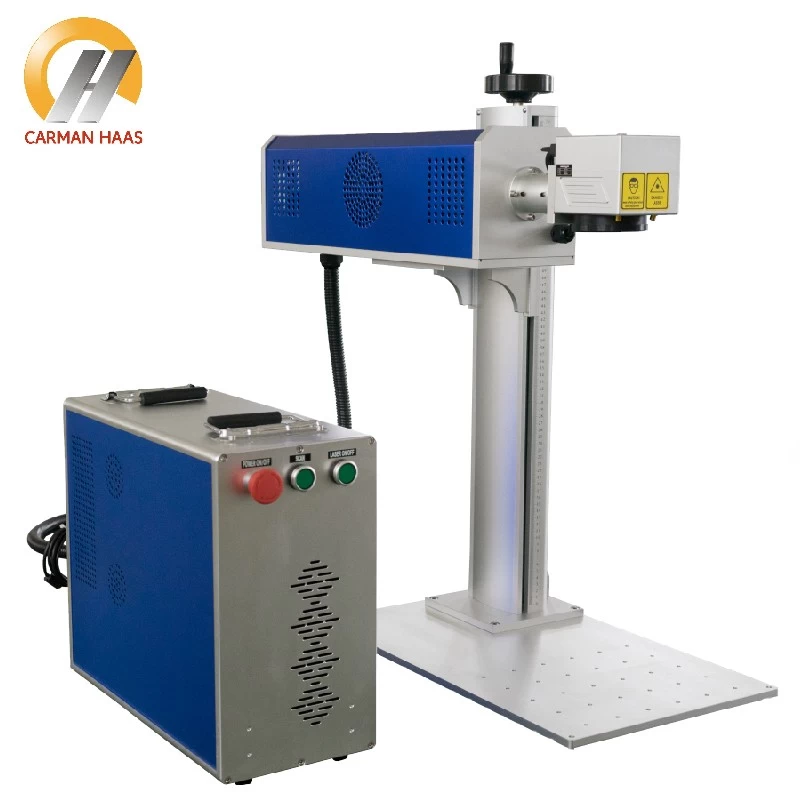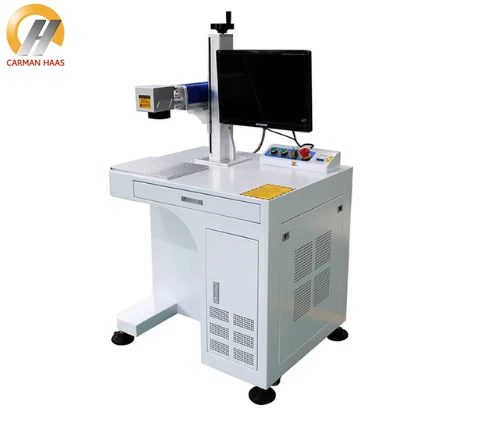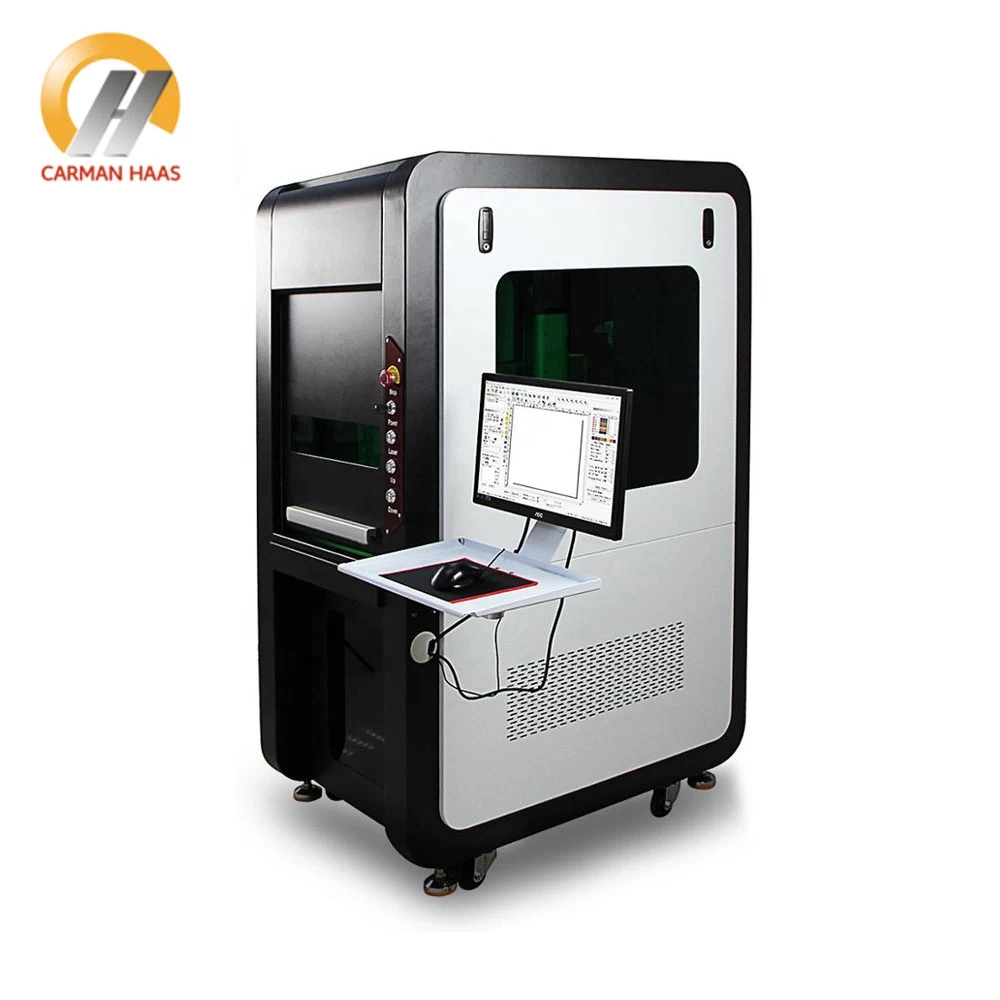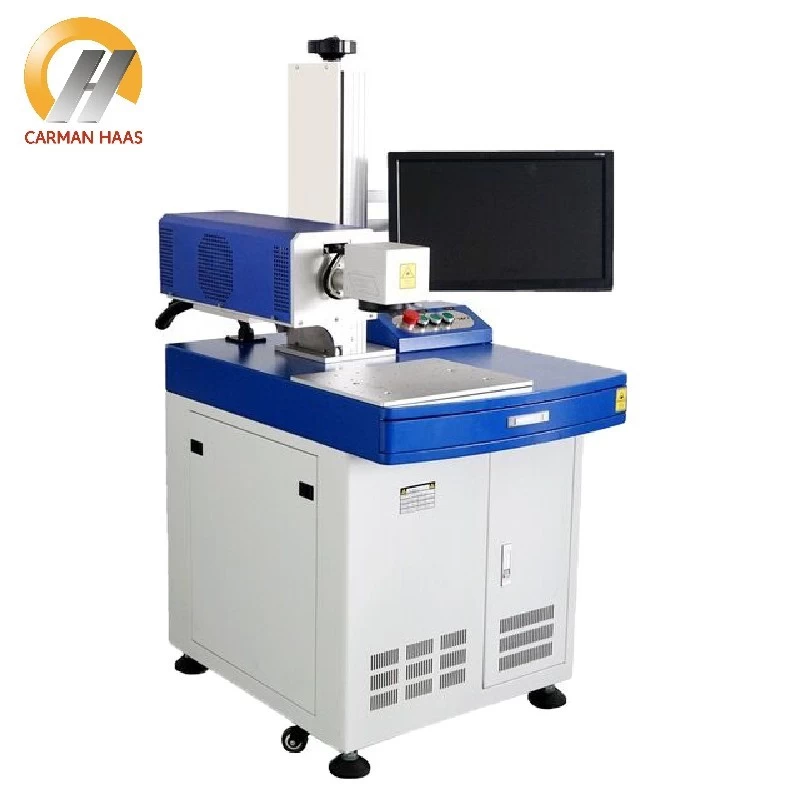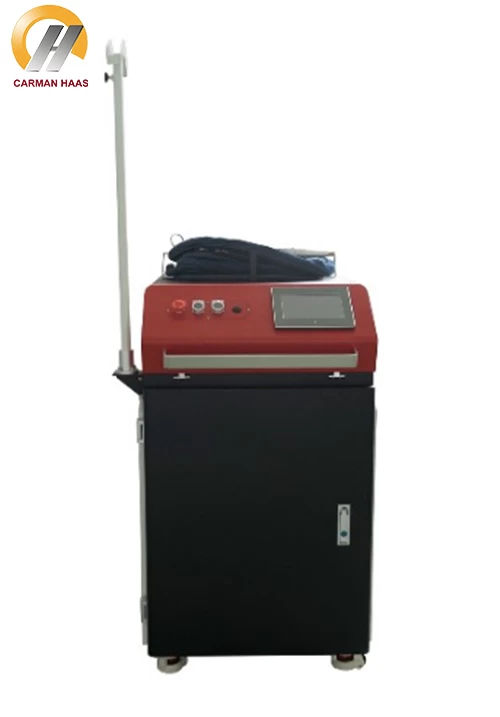Five key parts of laser cutting equipment maintenance and maintenance (below)
During the use of the laser cutting machine, for safety protection and efficient production, the professionalism of the operator and the daily safety and maintenance of the equipment are essential. Professional operation and regular maintenance can not only extend the service life of the machine, but also always maintain and improve the processing quality of the production port, and finally achieve stable and high benefits.
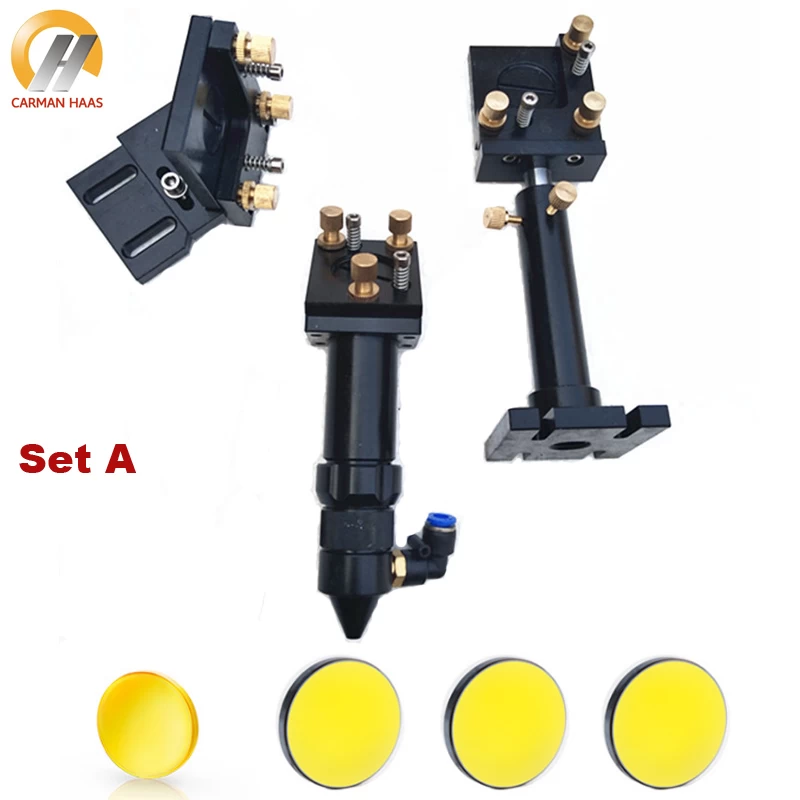
Laser cutting machine wholesale
Laser maintenance
1. Before starting up every day, carefully check the pressure of the laser working gas and cutting auxiliary gas. If the gas pressure is not enough, replace it in time.
2. Check that the cooling water pressure is maintained between 3.5 and 5 Bar.
3. Check the temperature of the cooling water, preferably the water temperature required by the selected laser.
4. Check the oil level in the laser vacuum pump, if it is not enough, add it.
5. Check whether the laser oil circuit, water circuit, and gas circuit are leaking, and whether the pneumatic components and pipe joints of the vacuum pump and resonant cavity are leaking.
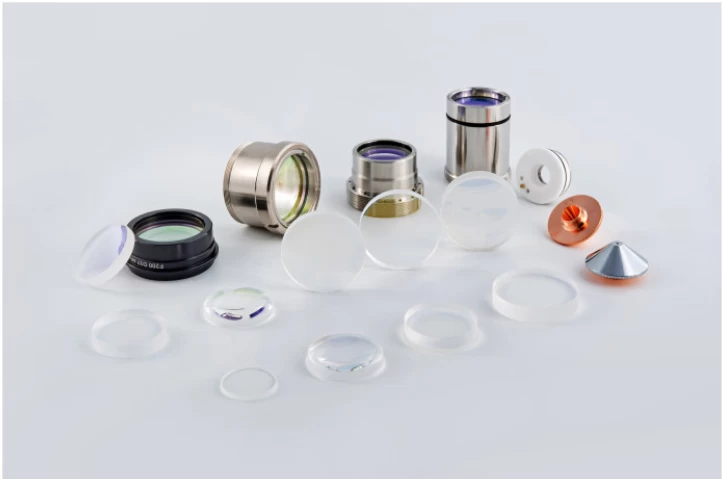
Fiber laser cutting head protective lens
Cooling system
The main function of the chiller is to cool the laser. The circulating water of the chiller must use distilled water. The water quality is problematic or the dust in the environment enters the circulating water. The deposition of these impurities will cause the blockage of the water system and the cutting machine components, which will seriously affect the cutting effect or even burn. The optical components are broken, so good and regular maintenance is the key to ensure the normal operation of the machine.
Maintenance
1. Use detergent or high-quality soap to remove the dirt on the surface of the chiller, do not use benzene, acids, powder, steel brush, hot water, etc.;
2. Check whether the condenser is blocked by dirt, please use compressed air or a brush to remove the dust on the condenser;
3. Replace the circulating water (distilled water), and clean the water tank and metal filter;
Dust removal system
After the fan has been working for a period of time, a large amount of dust will accumulate in the fan and exhaust pipe. The dust will affect the exhaust efficiency of the fan and cause a large amount of smoke and dust to be unable to be discharged.
Clean every month or so, loosen the hose clamp connecting the exhaust pipe and the fan, remove the exhaust pipe, and clean the dust in the exhaust pipe and the fan.
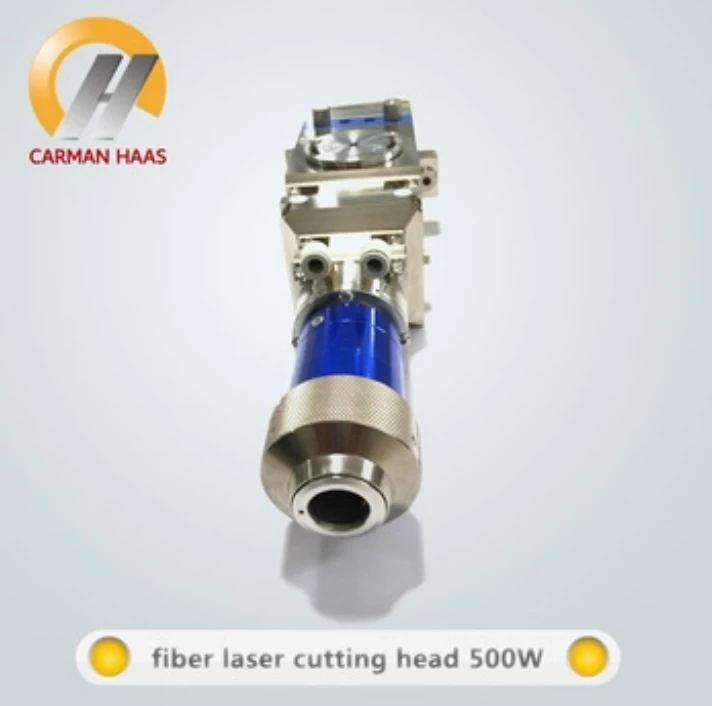
Autofocusy Fiber Laser Cutting Head
Electrical system
The electrical parts on both sides and the rear of the chassis should be kept clean. Check once every time the power is cut off. An air compressor can be used to vacuum. When there is too much dust, static electricity will be generated in dry weather, which will interfere with machine signal transmission, such as doodles. If the weather is humid, there will be a short circuit problem, which will cause the machine to fail to operate normally. The machine must be operated at a specified ambient temperature before it can run production.
Precautions
When carrying out maintenance work, you must turn off the equipment through the main switch, turn it off and remove the key. Safety regulations must be strictly followed in order to avoid accidents. Since the entire equipment is composed of high-precision components, you must be extra careful in the daily maintenance process, strictly follow the operating procedures of each part, and maintain it by dedicated personnel, and do not perform brutal operations to avoid damage to the components.



